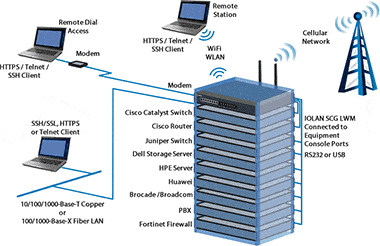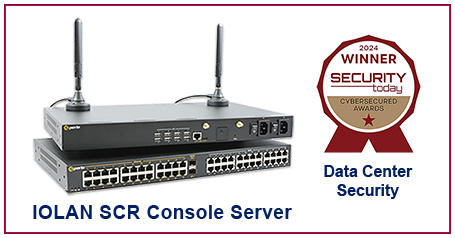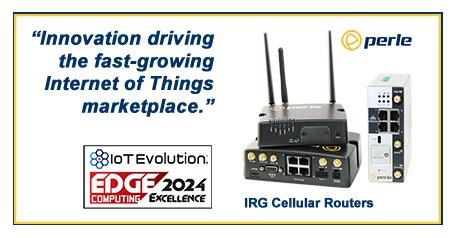
How IoT affects elementary schools
By Max BurkhalterDecember 4, 2017
Children today are far more connected to the internet than in previous generations. According to Influence Central, children - on average - have a smartphone by the time they're ten years old. On top of this, virtually all American public schools have an internet connection. Organizations like Education Superhighway have worked over the past decade to ensure that public schools have both internet access and the technology for higher speed broadband connections.
Familiarizing children with internet technology at a young age is crucial for building a more tech-savvy nation. It has already been established that the human brain has great potential to learn during adolescence, but research from the National Academies of Sciences, Engineering and Medicine indicated that through proximal development, children naturally draw knowledge from all sources in their environment - people and objects.
In short, the more tools that a child has, the more likely he or she will develop full knowledge and understanding of concepts, even advanced areas like the Internet of Things. Children learning in IoT-enriched schools will have an advantage over kids without this opportunity.
Building a "smart" lesson plan
One of the immediate advantages of using IoT devices in education is their increased flexibility. Teachers have always had grades to track student learning, but this offers an incomplete view. For instance, a teacher giving students a traditional paper study review sheet depends on vocal feedback to know which areas are more difficult to learn. A teacher who provides notes over IoT-enabled smartphones and tablets can use a program to see exactly who is checking their notes and who is not. It would also be possible to see which section of notes is the most accessed. The teacher can adjust his or her lesson plan to focus more on this area - without forcing young students to vocally admit that they have trouble learning.

Early examples of IoT in the classroom
According to a 2016 Io2Hub article, schools have already begun to implement IoT-enabled technology into learning. In one experiment, students created plans for a smart lunchbox that worked with an app that allowed them to monitor its internal temperature and contents. With this tool, parents could see if their child's lunch was still healthy to eat and would know when (or if) their child was eating.
Another experiment created an IoT-enabled plant pot. The students attached an LED light and programmed it to activate whenever the plant needed more sun or water.
The importance of security
However, increased IoT presence means a larger network with more access points. Elementary schools need the tools to safeguard confidential data. Data server security is paramount and purchasing console server solutions will help elementary school IT staff control remote data from a central location. Console server solutions could also conceivably allow a single IT team to monitor data usage from several distinct locations.
Schools proposing IoT solutions should also take steps to thoroughly educate all staff involved. Cybersecurity is vulnerable if there is any weak link in the chain. If 99 out of 100 staff are educated fully on IoT security measures, the untrained individual can still expose the entire network.
"Schools in Ohio saved over $100,000 a year by switching to an online-based system."
Increased efficiency vs. budget
While the benefits of using IoT technology are clear, some schools are balking at the costs associated with adoption. The public education sector is not known for having a large budget and many institutions are already bracing for feared funding decreases from the Federal Government.
The trick to securing IoT funding is to highlight the cost-saving advantages that come with the technology. According to Business Insider, for instance, schools in Tipp City, Ohio saved over $100,000 a year by using an online-based system that regulates mechanical equipment use inside the facility. Edutopia also discovered that schools spend, on average, between $30,000 to $50,000 a year on paper. Increasing use on IoT devices like tablets and smartphones reduces the need for physical paper, allowing schools to eliminate a yearly drain on budget.
Embracing IoT represents an investment for the future. Parents want to send their children to the organizations that will provide them with the best education possible. As time passes, the schools with optimized IoT technology will likely pull away from their outdated counterparts.
With innovations like these developing at elementary schools across America, it appears that IoT technology will soon function as a key element in our children's education. As more elementary schools seek to embrace this technology, Perle will be there to provide the critical networking infrastructure required to support smartphones and other IoT devices. Connect with us today to learn more about our work in the education space.



